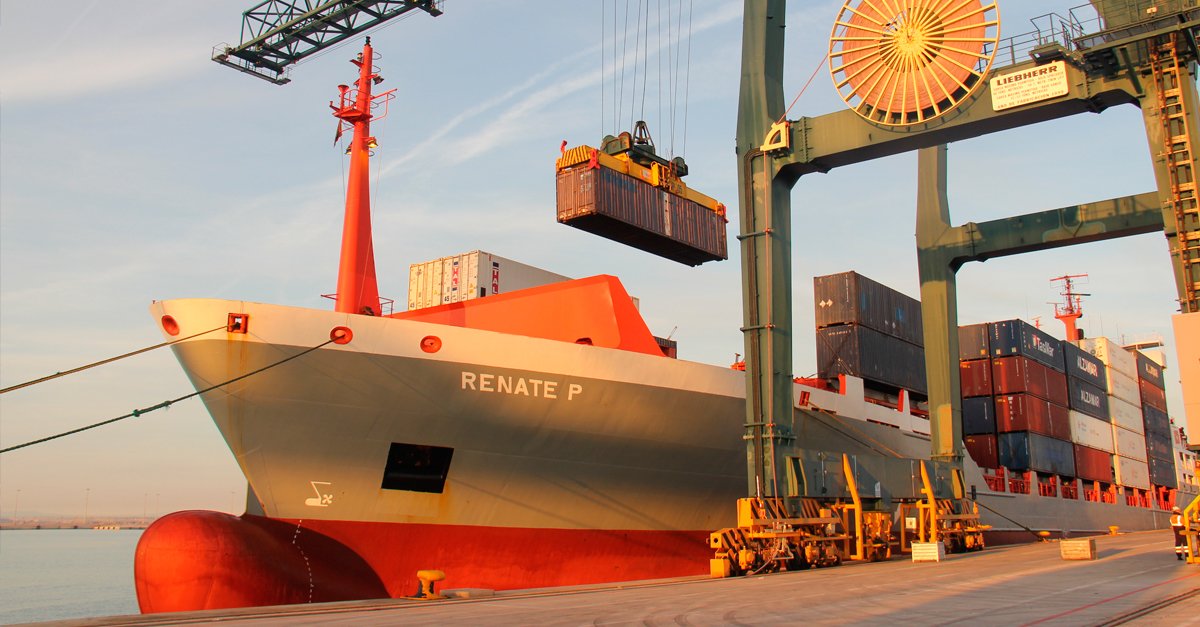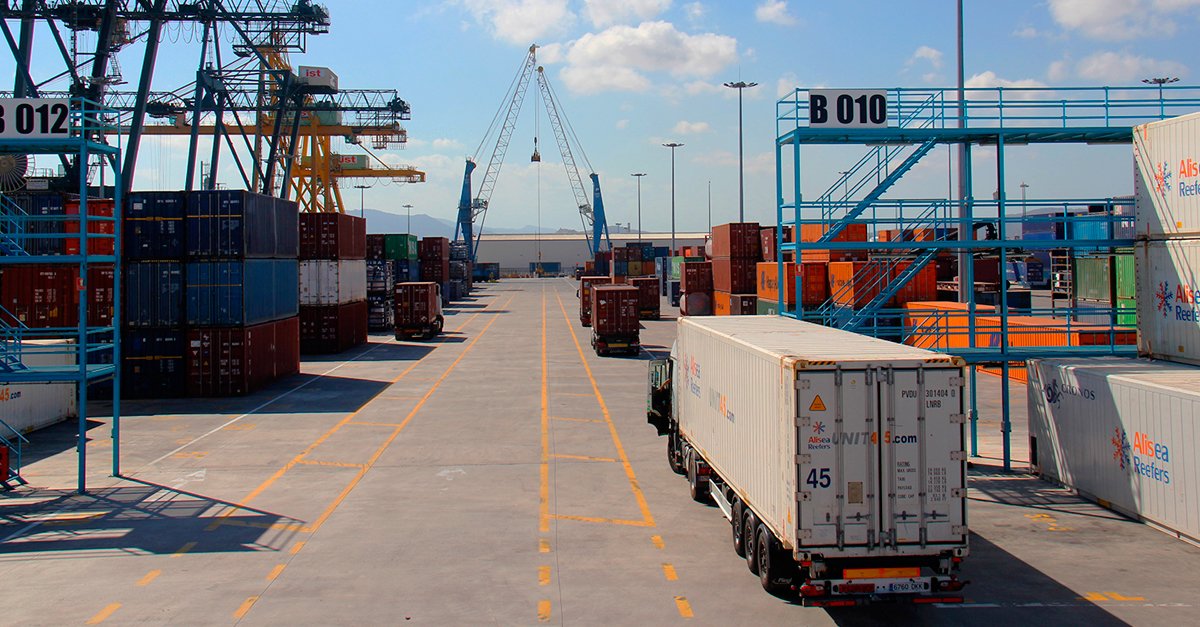Intersagunto Terminales reduces its CO2 emissions by 11% and achieves the distinctive seals of the Ministry of Environment.

Intersagunto Terminales has taken another step towards becoming the most efficient and advanced multi-purpose maritime terminal in the Mediterranean arc. Since the Alonso Group took charge of the facilities of the dock located in the Port of Sagunto, a medium and long term plan was initiated to adapt all its equipment and systems to the highest levels of demand, both in terms of environmental quality and energy efficiency. For this reason, the terminal was registered in 2014 in the Carbon Footprint Register of the Ministry of the Environment.
Pioneering terminal in the fight against climate change
Intersagunto Terminales was one of the first maritime terminals to join this register, which was created with the aim of becoming a tool to combat climate change from the heart of the industrial community.
In this official register, companies and institutions voluntarily commit themselves to calculate the carbon footprint produced by their activities through a series of internal and external audits and controls, and to share these data in a public and transparent manner.
Its operation is based on a medium/long term system, in which organizations can complete different stages (Reduce, Calculate and Compense) that are certified through an official seal. In this way, the Ministry of Ecological Transition acts as a certifying entity that officially endorses and supports these results.
11% reduction in just three years
After a first phase of data collection and analysis, Intersagunto Terminales established an emissions reduction plan through which, today, it has achieved a reduction of more than 11% compared to the previous three-year period.
To achieve this significant reduction in its CO2 emissions, Intersagunto Terminales has implemented an integrated management system based on three of the most demanding European standards: ISO 9001 in quality management, ISO 14001 relating to the environment and ISO 50001 on energy efficiency.
This set of measures, which are subject to a continuous improvement plan, are being progressively extended to other fields such as occupational health and safety, an area in which Intersagunto Terminales has already been awarded the certification of Authorized Economic Operator (AEO).
A global strategy
This progressive commitment to sustainability is part of the general objectives that the Alonso Group has defined through its Global Logistics Plan. This project, which is co-financed by the European Union through the “Conecting Europe” programme, aims to achieve the greatest possible number of CO2-free kilometres by relying on intermodality and efficient management of resources.
Through the railway connection of its platforms distributed by the main logistic nodes of the peninsula, the Alonso Group intends to progressively put an end to the dependence on trucks for long distance transport. In this way, using the train and the boat as the main means of transport and leaving the last mile in the hands of trucks driven through Vehicular Natural Gas, it is possible to create a network that covers all the links in the logistics chain with very low CO2 emissions.






